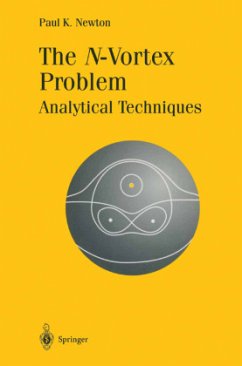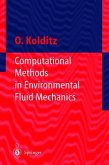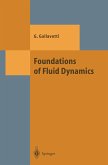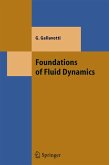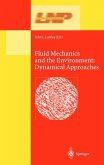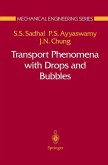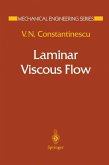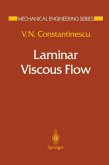From the reviews: ZENTRALBLATT MATH "Exercises given at the end of each chapter could be very useful to the readers to enhance their knowledge...the first three chapters deal with the basic classical two-dimensional point vortex theory, and the rest of the book takes care of the recent applications and extensions of the basic theory. The references are adequate for further study. Many open problems associated with N-vortex motion are also listed. The book is a welcome addition to the book shelves of researchers pursuing the N-vortex problem." MATHEMATICAL REVIEWS "Although several other books on vortex dynamics have appeared in recent years, none have the level of detail on these discrete vortex models that Newton achieves. The book is sure to be a key reference work on this area for many years to come. Students of fluid mechanics will find much valuable material here on modern dynamics applied to problems of interest to them. Applied mathematicians will find an entree to frontline problems of fluid mechanics using tools with which they are eminently familiar."
Bitte wählen Sie Ihr Anliegen aus.
Rechnungen
Retourenschein anfordern
Bestellstatus
Storno

